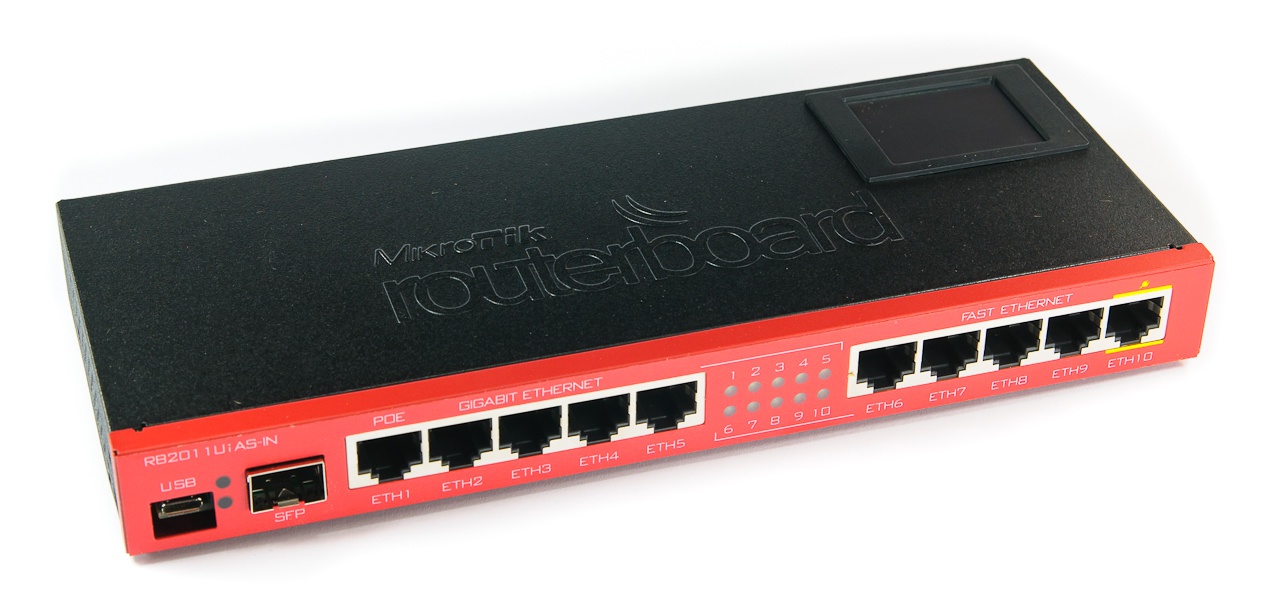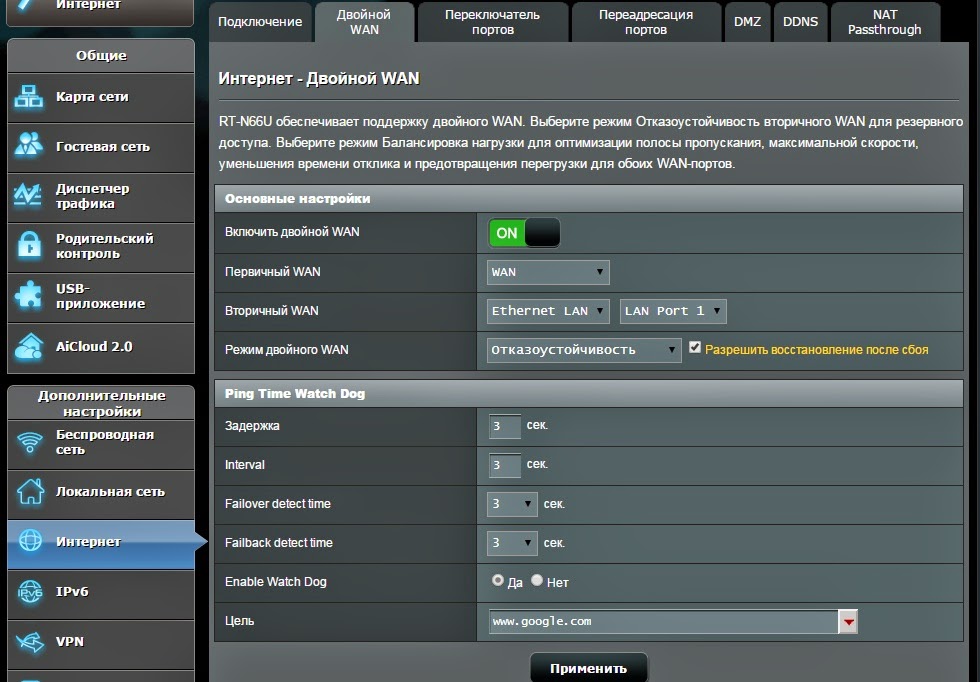

The minimum required RAM depends on interface count and CPU count.


IEEE 802.3ad: This mode is also known as Link Aggregation Control Protocol (LACP) and is used to automatically configure and maintain link aggregation groups.Īnother new feature in RouterOS version 7 is the ability to bond multiple wireless interfaces together. It is useful for load balancing and increasing overall bandwidth.Īctive-backup: This mode provides redundancy by automatically switching to a backup interface in case the primary interface goes down.īonding-lb: This mode is a combination of balance-rr and active-backup, providing both load balancing and redundancy.īalance-xor: This mode distributes traffic based on the XOR (Exclusive OR) of the MAC address and the interface index.īroadcast: This mode sends all traffic to all interfaces, useful for wireless access point with multiple wireless interfaces. These include: Balance-rr: This mode distributes traffic evenly across all available interfaces. In RouterOS version 7, MikroTik has introduced a number of new bonding modes that allow for even more flexibility and control over your network. This allows for increased bandwidth, redundancy, and failover capabilities. Bonding refers to the process of combining multiple network interfaces, such as Ethernet or wireless, into a single, virtual interface. MikroTik RouterOS version 7 introduces a variety of new features and improvements, one of which is its enhanced bonding capabilities.


 0 kommentar(er)
0 kommentar(er)
